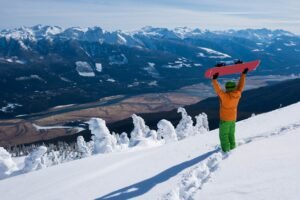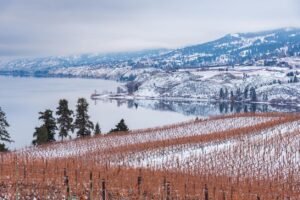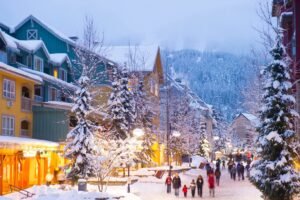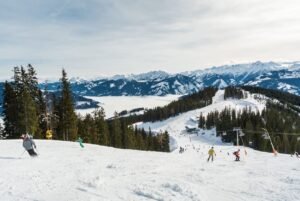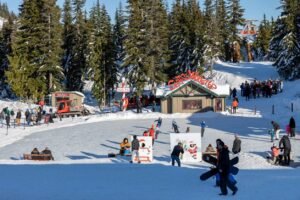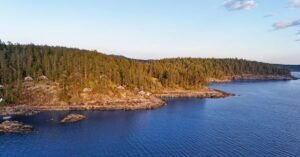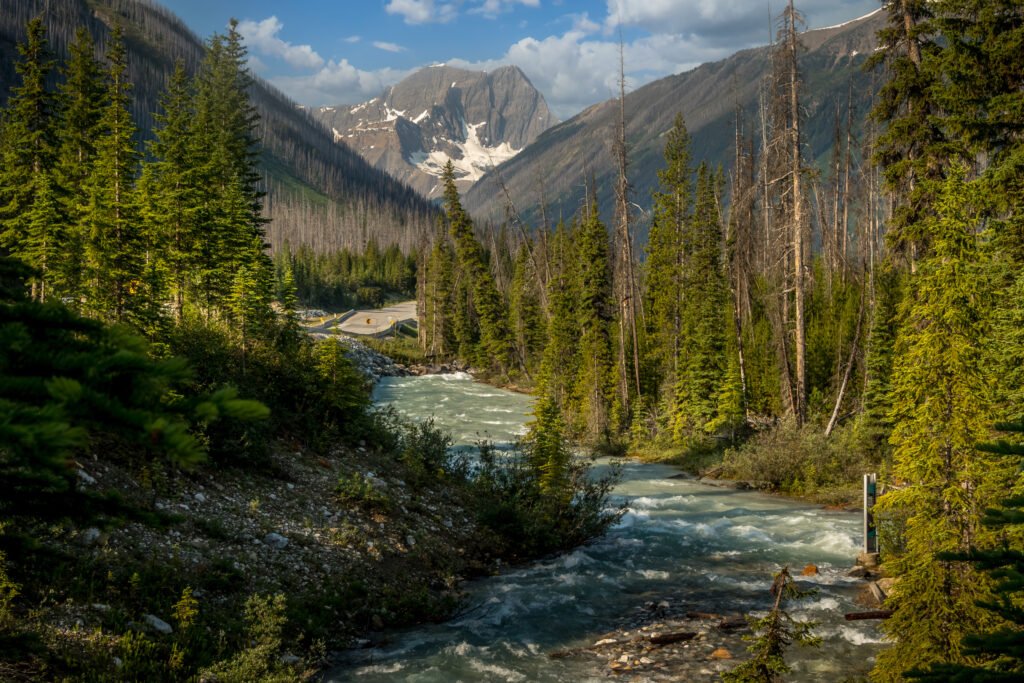
By the final week of August, the Kootenay Rockies enter a transition period. Summer conditions are still favorable for outdoor activities, but the peak-season rush has slowed. Trails are quieter, accommodation availability improves, and communities shift toward the upcoming fall season. This is an optimal time for visitors to experience the region without the pressure of high-season crowds.
This article looks at the region through a broader lens, integrating its towns, cultural heritage, seasonal advantages, and strategic travel planning. The goal: to help travelers get more from their visit and support the local economy in a sustainable way.
Regional Overview
The Kootenay Rockies cover the southeastern corner of British Columbia and include four major mountain ranges: the Rockies, Purcells, Selkirks, and Monashees. The terrain varies from high alpine peaks to deep forested valleys, with numerous lakes, rivers, and mineral hot springs.
This diversity creates opportunities for year-round tourism. Summer and early fall are ideal for hiking, biking, paddling, and cultural events, while winter attracts visitors for skiing, snowboarding, and backcountry touring. Late August is particularly strategic for combining these experiences in one trip.
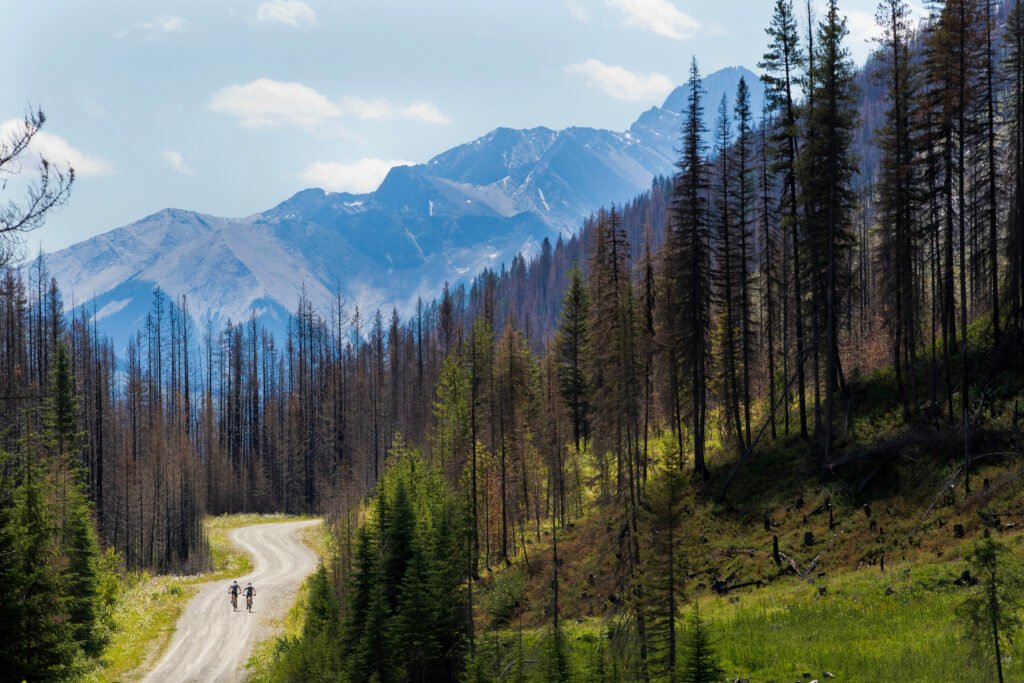
Cultural and Historical Context
The region is part of the traditional territory of the Ktunaxa Nation and other Indigenous communities. Their presence and stewardship practices are deeply connected to the land. Visitors can join guided cultural experiences to learn about traditional plant uses, historical sites, and sustainable resource management. These tours contribute to local cultural preservation and provide context that enhances the overall travel experience.
Heritage from European settlement is also visible. Many communities were established during the mining and railway expansion of the late 19th century. Today, towns such as Nelson, Fernie, Kaslo, and Kimberley retain much of their original architecture, repurposed into restaurants, galleries, and small businesses. This combination of Indigenous and settler history creates a diverse cultural framework that informs the region’s identity.
Key Experiences for Late Summer Visitors
- Multi-Activity Routes
It is possible to combine paddling, cycling, and hiking in the same trip. For example, visitors can kayak on Kootenay Lake, cycle through the Slocan Valley, and take short alpine hikes in a couple of days. Late Summer weather is stable, with fewer storms and comfortable daytime temperatures.
For those heading into the Golden area, Glacier Raft and Hydra River Guides offer unforgettable whitewater rafting trips that balance adrenaline with accessible family options. These guided adventures add a water-based highlight to a multi-activity itinerary.
- Hot Springs Circuit
Radium, Ainsworth, and Fairmont Hot Springs are open year-round, but visiting in late Summer allows for warm-weather travel between sites while still enjoying the benefits of mineral-rich waters. Each location offers different facilities, from cave pools at Ainsworth to expansive resort-style amenities at Fairmont.
In Radium Hot Springs, travelers seeking a base near the pools can stay at the Canyon RV Resort on Sinclair Creek, offering convenient access for both campers and RV travelers.
- Backcountry Lodges
Heli-access and hike-in lodges in areas such as the Bugaboos or Selkirks operate through early fall. These provide access to remote trails, glacier viewing, and wildlife observation without daily travel from town-based accommodations. - Local Events and Markets
While major summer festivals may have concluded earlier in the month, late August still features farmers’ markets, small-scale concerts, and arts events. These are efficient opportunities to purchase locally made goods and interact directly with community members.
For accommodations close to these experiences:
- Johnston Canyon Lodge & Bungalows (Banff) places guests at the doorstep of iconic trails and waterfalls.
- Valley View Motel (Creston) provides easy access to the Creston Valley Wildlife Management Area and its late-summer bird migrations.
- Black Bear Chalet (Fernie) combines alpine charm with proximity to Fernie’s historic downtown and mountain trails.
Wildlife and Environmental Awareness
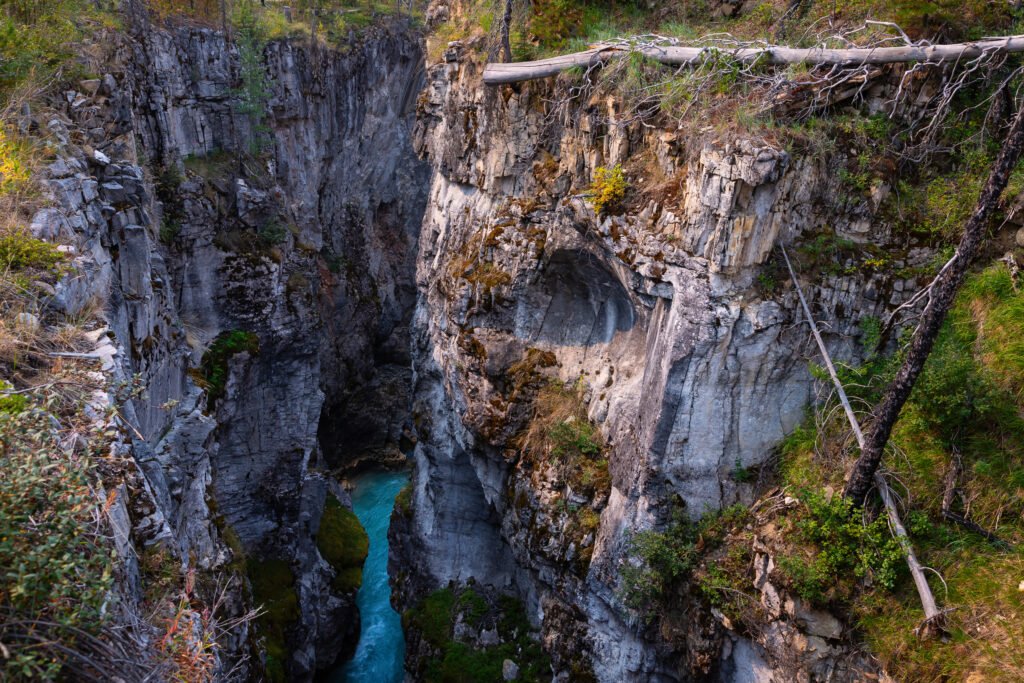
Wildlife in the Kootenay Rockies is active in late summer. Elk and deer are visible in valley meadows, mountain goats are found on rocky slopes, and bird activity is high in wetland areas such as the Creston Valley Wildlife Management Area. Salmon spawning season also begins in some rivers, providing a notable seasonal highlight.
Guided wildlife tours operate across the region and follow ethical viewing standards. This approach minimizes environmental impact and ensures visitor safety. Independent travelers are advised to carry bear spray, maintain distance from wildlife, and follow Leave No Trace principles.
Community Profiles
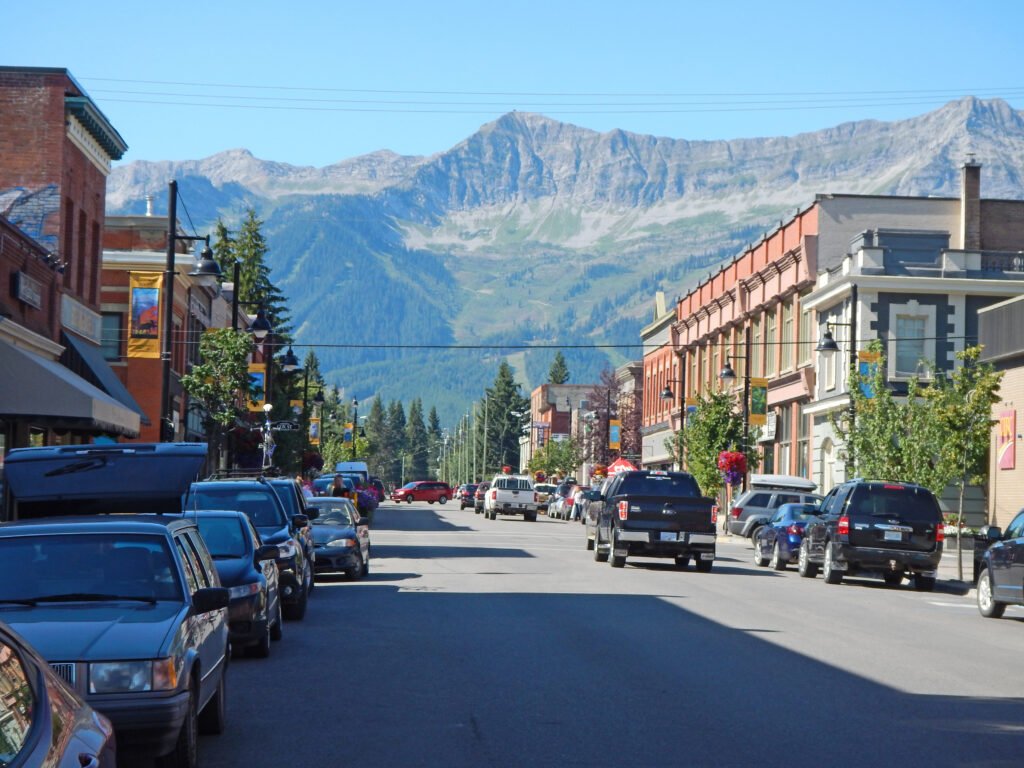
Nelson: Regional hub for arts and culture with a concentration of galleries, coffee shops, and heritage buildings. Positioned on the west arm of Kootenay Lake, it serves as a base for nearby hiking, paddling, and skiing in winter.
Fernie: Known for its ski resort, but equally relevant in summer for mountain biking, fishing, and hiking. Historic downtown includes independent retailers and restaurants. The Black Bear Chalet is a welcoming stay that blends comfort with mountain-town access.
Kaslo: Lakeside community with restored heritage structures, a marina, and access to both water-based and alpine recreation.
Kimberley: Features a pedestrian-friendly town center and access to golf, hiking, and cycling trails. Offers a mix of alpine character and outdoor sport infrastructure.
Sustainable Travel Considerations
The Kootenay Rockies are actively promoting sustainable tourism. Visitors can contribute by:
- Staying on marked trails to protect fragile alpine vegetation.
- Choosing locally owned accommodations, restaurants, and tour providers.
- Traveling with reusable bottles, bags, and utensils to reduce waste.
- Learning about local cultural history to foster respectful engagement with communities.
Supporting small businesses and local guides like Glacier Raft, Hydra River Guides, and independent motels and lodges, ensures tourism revenue stays in the region and strengthens community resilience.
Strategic Advantages of Late Summer Travel
From a planning perspective, the final weeks of summer offers measurable benefits:
- Reduced Congestion: Lower visitor volumes mean faster service at restaurants, more parking availability, and shorter wait times at popular sites.
- Improved Booking Flexibility: Greater choice of accommodations and guided activities compared to mid-summer.
- Seasonal Crossover Opportunities: Access to summer activities with early signs of autumn scenery in higher elevations.
- Value Opportunities: Some operators and accommodations begin offering shoulder-season rates before September.
Travel Logistics
Access Points: Cranbrook (YXC) and Castlegar (YCG) airports provide regional entry. Driving is the most practical way to connect communities and reach remote trailheads.
Accommodation Range: From full-service resorts to campgrounds and hostels. Booking is advised for weekends, even in late Summer.
Transport Options: Car rental is most flexible, but cycling and guided transport are available for specific routes and tours.
Weather Preparedness: Daytime highs average 20–25°C, with cooler evenings. Layered clothing is recommended. Sudden weather changes are possible at higher elevations.
Why the Kootenay Rockies Deliver Long-Term Value
For travelers and the regional tourism economy alike, late Summer in the Kootenay Rockies represents a strategic match. Visitors benefit from lower crowding and flexible planning, while communities benefit from an extended summer season that supports local jobs and services.
The region’s combination of cultural heritage, varied terrain, wildlife viewing, and small-town hospitality makes it adaptable to different travel styles, whether the goal is active adventure, cultural immersion, or a mix of both.
By aligning travel planning with seasonal patterns and sustainable practices, visitors can create an itinerary that is both memorable and responsible, ensuring the Kootenay Rockies remain a strong tourism destination in the years to come.
Plan Your Kootenay Rockies Adventure
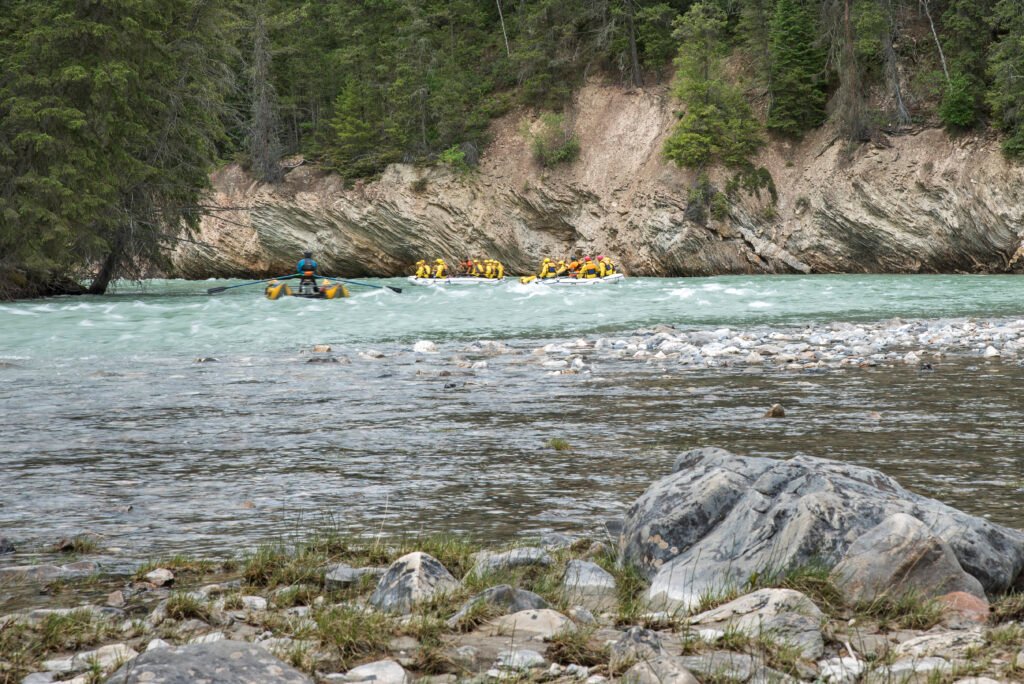
Late August in the Kootenay Rockies is not the end of summer, it’s the sweet spot. Visitor numbers begin to taper, making it easier to secure accommodations, enjoy hot springs without long waits, and access popular trails with fewer crowds. The weather stays pleasant, with warm days and cool evenings, and most alpine routes and attractions remain open.
Whether you’re here for hiking, cultural exploration, or a scenic road trip through British Columbia’s southeastern mountains, late August offers flexibility, value, and a more relaxed pace without compromising on experiences.
Explore lodging options, sustainable tour operators, and curated seasonal highlights at: britishcolumbia.com/plan-your-trip
Connect With Us
- Website: BritishColumbia.com
- Facebook: @BritishColumbiaDotCom
- Instagram: @britishcolumbiadotcom
- X (Twitter): @visitBCdotcom
- Email: info@britishcolumbia.com

